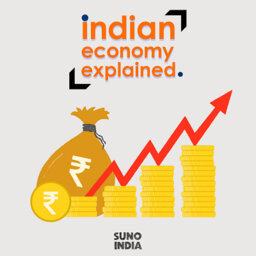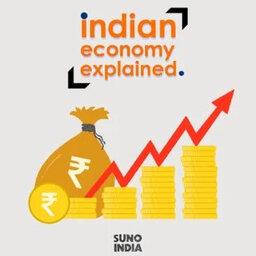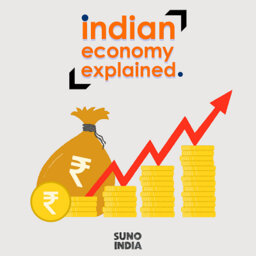How the government implement the right to work programmes
According to the latest data released by the Centre for Monitoring Indian Economy, the unemployment rate in the country has increased to 6.9%. In this scenario, most people fall back on the government to provide them with work.
Right to work is a directive principle in the Indian Constitution. The government has existing legislation guaranteeing right to work- the Mahatma Gandhi National Rural Employment Guarantee Act or NREGA – which mandates 100 days of work in a year for the poor in the rural areas. Several schemes were also announced by state governments to ensure work in urban areas too.
To understand more about the government employment schemes in the country, Suno India’s Research and Communications Officer, Kunika Balhotra reached out to Rakshita Swamy, who leads the Social Accountability Forum for Action and Research.
She works towards advocating and institutionalising transparency, accountability, and citizen participation in governance, through her collaboration with central and state governments, and civil society organisations. She is associated with the Right to information and Right to Work campaigns.
Additional Reading
The Mahatma Gandhi National Rural Employment Guarantee Act, 2005
International Labour Organization – Global Wage Report 2020-21: Wages and minimum wages in the time of COVID-19
 Indian Economy Explained
Indian Economy Explained


